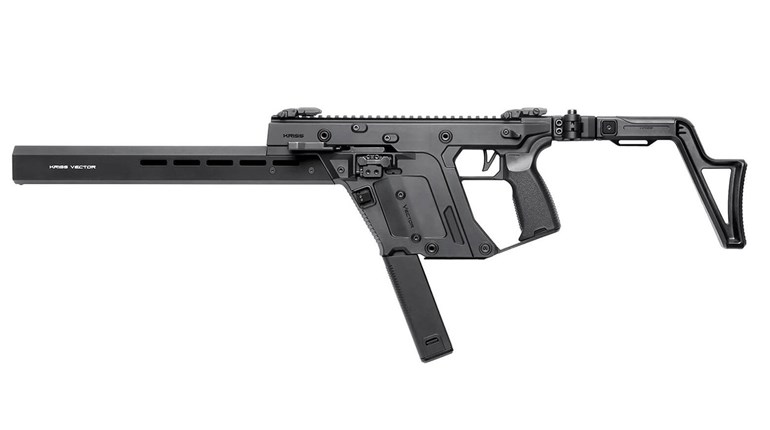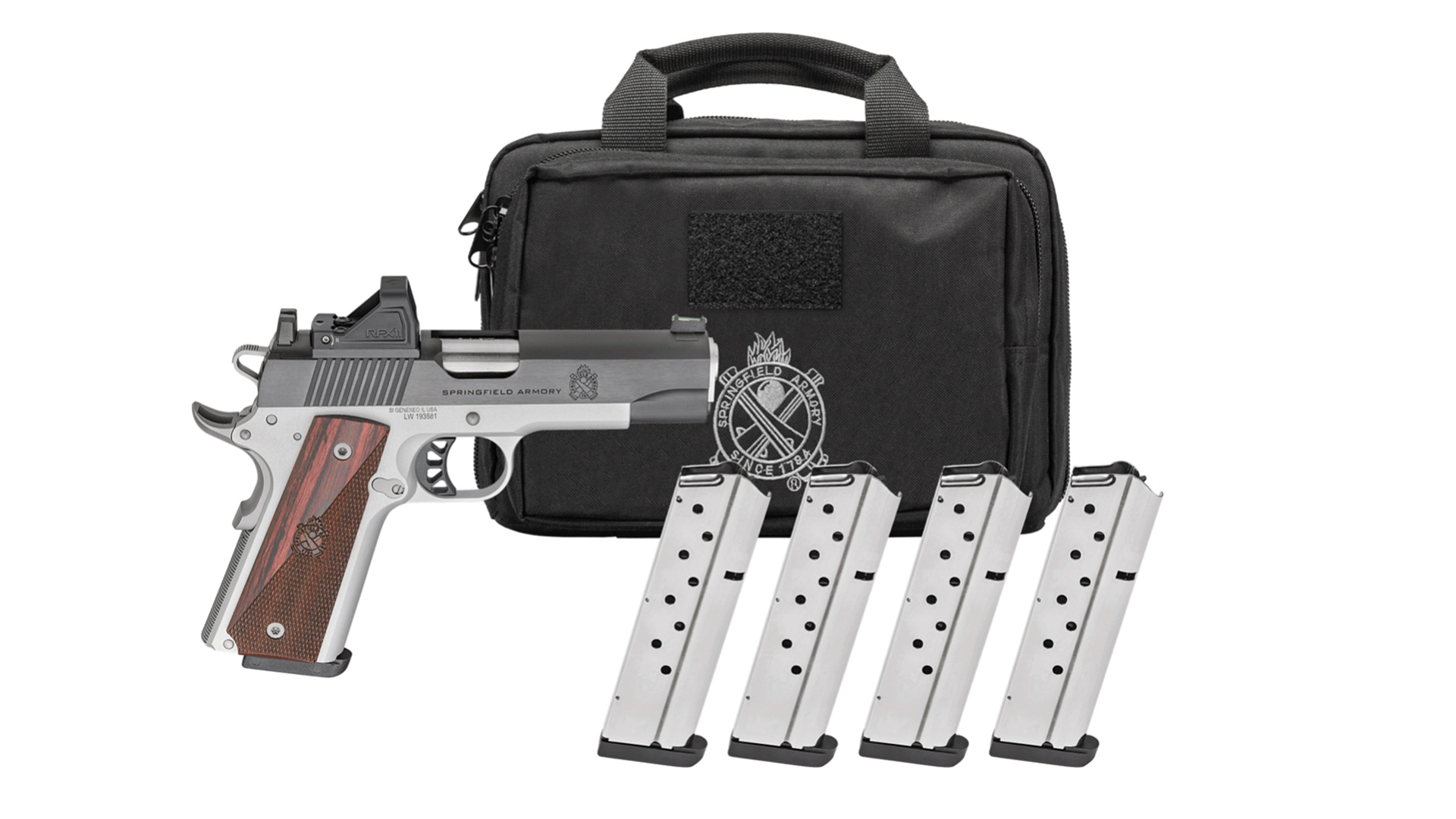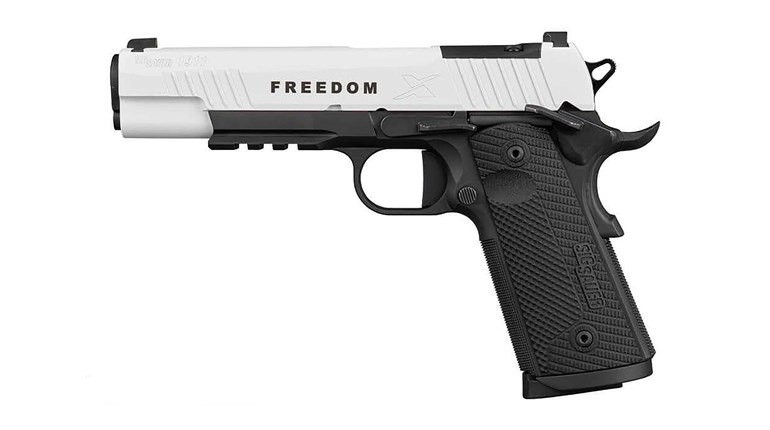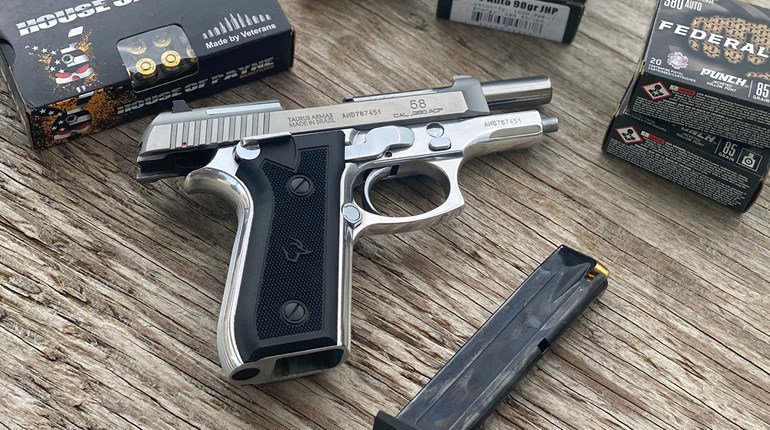
So, you have an AR-15 and $100. You want to trade some or all of that bill for something (or some things) to make your AR-15 better. Truly better, not just cooler-looking. I thought much about this article to answer that question for myself. What have I tried in the past—sought out or came across—that honestly made a noticeable difference in either how well the gun performed or how well I performed with it?
I’ve mentioned in other articles that virtually every part in the AR-15 system has been remade. Some are made better, some made differently, many much improved. It’s not hard to find different parts. The question is, "What's the difference between an upgrade and just something different?" We need to be looking for those “much-improved” parts because, yes, some are just cooler-looking.
Sometimes I go looking for solutions to problems. There are a few things under $100 that can correct or resurrect function in a problematic AR-15. Major question: Is it then an upgrade or a necessity? It is an upgrade if intolerable performance becomes tolerable. Better is better! Sometimes, those solutions turn out to be most worthwhile, to the point that I then have a new “must-have” for my next AR build.
Let’s start at the top of my list.
1. Better Springs
These are all, singly and in combination, under $100. Springs are also the first thing that came to mind because I no longer use “standard” springs any place there’s a replacement available. Specifically, upgrade springs are made from different material—better material—and the load they exert is usually ramped-up.

The reason this matters is not only because there are points and places where additional “power” is beneficial to function, but, mostly, because they last literally for the life of the gun. All standard springs “sack,” which means they lose length and power. This means they no longer compress and rebound as intended, and as needed. Some springs "sack" sooner than others, but all will eventually. Many (most) don’t really factor, or not so you’d notice. Something like a magazine-latch spring gets worked very little. Extractor, ejector and buffer springs, though, are under continuous function.
Excepting buffer springs, the better material in these replacement parts is chrome-silicon (CS). For buffer springs, it’s CS or 17-7 PH stainless steel. These materials each have better compression and rebound characteristics than standard music wire. The promise is constant, consistent, correct function, and that sounds good to me.

2. ADIGS
That’s “adjustable drop-in gas system" from Sun Devil Mfg. That’s on this list because, one: it works well, two: it's about $100 and three: because it’s easy. Well, easier than its alternative.
Ills associated with excessive operating-system gas pressure have been talked to ruination in other articles. Mostly, it accelerates bolt unlocking out of the AR-15’s originally-engineered comfort zone: the fired case tries to come out of the chamber when there’s still too much pressure inside it. Excessive pressure also then leads to excessive bolt-carrier-assembly velocity rearward. Function suffers, as does the gun.
One help is to restrict/reduce the amount of gas inside the system. The first thing that usually comes to mind to do that is a gas block with an adjustable valve. I am only a fan of those when applied within a narrow collection of coincidental circumstances, but it will, indeed, lessen the hurtful hit of high-pressure gas flowing through the system.

The Sun Devil ADIGS is a replacement bolt-carrier key with a screw-adjustable valve. It has the same effect as a barrel-mounted block, but no barrel system work or rework is necessary for installation. Because this is the last point along the system where excessive gas can be bled off (the gas tube fits into it), it’s also gas at a little less intensive heat; it’s had a longer distance and time to travel. It may hold up better than an adjustable block, especially when used on the shorter systems used in today's popular pistol-length ARs. (And that’s why I don’t think as highly of those adjustable gas blocks as many do.)
3. Ergonomic Furniture
A buttstock upgrade can be under this $100 cap, maybe including a new pistol grip to either accompany or, as likely, to match. This might make a big difference in how well the gun fits, and that has an undeniable influence on how well you can hit your targets with it. Of course, that depends on what it’s replacing.

If it’s a carbine, installation is too easy: pull the length-adjustment latch on the bottom down fully, and then pull off and remove the old one, then unlatch the new one in the same way and slip it in place. Done. (Some may require another step to free the latch, but most don’t.)
A better stock is one that, as implied, gives a better shooter fit (usually in the cheekrest area) and also is a more solid assembly—no wiggle, no rattle. The really good ones are closer to our price limit, and some can exceed it.
4. Trigger Replacement: Rock River Arms Two-Stage Match Trigger Kit
Trigger replacement is a big one. I read someone once write it pretty straight: we don’t really even talk about stock triggers anymore...they’re bad. The only real solution is another trigger. Unfortunately, what’s on my home-base list as “good triggers” double this $100 cap, and can triple it. However! There is one I have used that is decidedly a major upgrade, and I found to be entirely trustworthy. Rock River Arms has a “competition-style” two-stage that sells for right at $100. It’s pretty much a copy of the original two-stage from Charlie Milazzo and Jack Krieger: the MKII.

A two-stage is not everyone’s preference. It’s mine, and I think a wise choice, especially on a gun that might be used in stressful circumstances. It’s not unusually light; it will have a total break (first stage plus second stage) of 4.5-5.0 pounds. Performance short take: two-stage is easier to fire higher-precision shots with, but it’s not as fast to reset (ready for the next pull) as a single-stage. The reason it’s better under stress is because there’s a clear signal, feedback, as to the status of trigger-pull progress. For those who prefer a single-stage design, check out the ALG Defense Advanced Combat Trigger.
5. Trigger Enhancement
Depending on your gun's current setup, there might be an improvement from “precision” trigger-system pins. Trigger-break quality in an AR-15 system is influenced by its supporting members, which are the trigger and hammer pins. The hammer and trigger each rotate on these pins. The trick there is that if the pins aren’t the right size to provide minimum-fit tolerance or if they’re not dead “straight,” then pull-to-pull feel and function can vary. Plus, they are also able themselves to rotate in their receiver holes, which amplifies any issues. They also prevent wear (elongation, expansion) of those holes—no changes.

I routinely install a set of centerless-ground locking pins in guns that matter. If you’ve installed one of the better triggers (those supplied with proprietary pins) there may be no perceived improvement. If your trigger set is riding on GI-spec pins, though, there probably will be. This recommendation is for a conventional-type setup. The modular drop-in triggers have all the internal parts fit already set so the pins function only to retain the housing in place.
What Else?
As said, some parts changes can improve/enhance function—gadgets that increase extractor tension, for instance, and extra-heavy buffers for another. These are hedging over into “troubleshooting,” which is a little different, in my mind, than improvement to a system that’s already functioning well. All that means there’s no reason to troubleshoot if there’s no trouble. If you’re a builder, though, starting off with some of the pieces that shoot the troubles means shooting trouble-free from the start.
Spending up for some truly good magazines is wise. Get three or four top-quality magazines for about $100. I like Magpul and the ProMag Rollermag.
If you shop hard and catch a deal, there are barrels under $100. How those barrels might shoot...well, that’s all I’ll say. They're less than $100. There’s more, though! Since this article is about value and enhancement, and getting the most of both, consider the wisdom sometimes of an EXTRA $100. Next barrel spend $300, not $200; next trigger spend $250 not $150. You’ll be impressed, likewise, following that advice with sights.
Bonus Tip: Upgrade Your Delta Ring Handguard
Before we finish up, I saved the most-important improvement for last: It’s also possible to upgrade a standard-type handguard system (GI-standard Delta ring, two-piece plastic handguards) to an aluminum free-float-style tube for about a hundred bucks. But! That’s a higher level of involvement, tooling and skill. If you want to become a builder, it’s a great starting project. It is a major performance upgrade. Your AR15 will (not may) shoot better. “Drop-in” options exist that don’t take as much work, but good ones are over our $100 cap.






































